Museums & Institutions
How Newly Recruited Native Curators Are Changing the Narrative of American Art at Museums Across the Country
Very few institutions have Indigenous curators on staff leading the rehanging efforts.
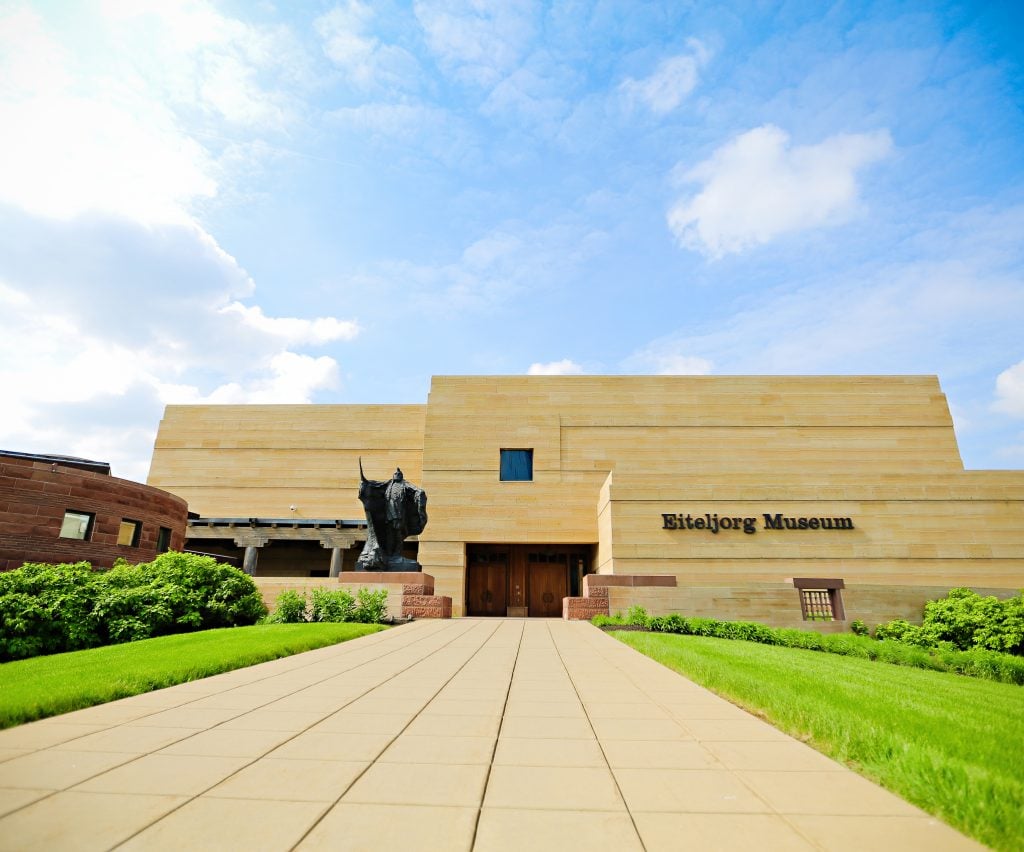
Very few institutions have Indigenous curators on staff leading the rehanging efforts.

Zachary Small

As a tidal wave of racial reckoning has forced the museum industry to confront its dismal record on diversity, curators of American art are beginning to reassess galleries devoted almost exclusively to Hudson Valley landscapes and Rococo portraits by dead white men.
With the aid of curators and artists from Native American backgrounds, curators across the U.S. are broadening narratives, questioning stereotypes, and collapsing categories.
In Indianapolis, for more than 30 years since the Eiteljorg Museum was founded, the old ethnographic framework dividing Indigenous objects by region has ruled the rationale behind its permanent collection.
But curators at the institution now expect the space to look radically different when it reopens in June after Native American curators and advisors collaborate on new displays focused on themes of relation, continuation, and innovation.
“My motivation is making more Indigenous people feel welcome,” said Dorene Red Cloud, a curator who joined the Eiteljorg in 2016, and an enrolled member of the Oglala Sioux Tribe of Pine Ridge, South Dakota. “For the longest time, museums have been thought of as ivory towers where native people couldn’t see themselves.”
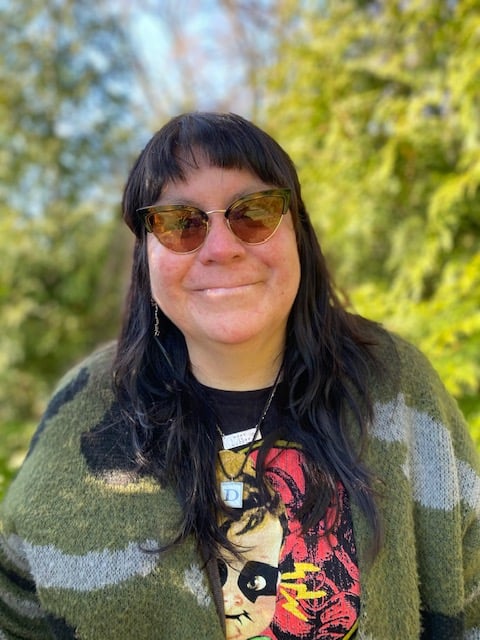
Dorene Red Cloud. Photo courtesy the Eiteljorg Museum.
And her institution is not alone. The Seattle Art Museum is undergoing a similar update; its previous emphasis on “masterworks” resulted in galleries predominantly filled with paintings by white men. Those demographics are expected to drastically change when the rehang is finished later this year, with nearly a quarter of the galleries displaying Indigenous works.
Native American artists like Wendy Red Star, Nicholas Galanin, and Inye Wokoma also served as curators for the project, the first reimagining of the space in 15 years.
And in New York over the next year, Brooklyn Museum curators will engage outside advisors for a reinstallation project of their own. It has become a priority for the institution’s leadership, which has recognized the need to have diverse Native American participation in how galleries tell Indigenous stories.
Stephanie Sparling Williams, a curator of American art at the museum, said that the main change will be a shift from a singular story to a “dynamic, multiplicitous, and historically complex constellation of narratives” told through never-before-seen works from the collection while old favorites get recontextualized.
“All viewers stand to benefit from more depth and breadth in an American art collection,” Williams said.
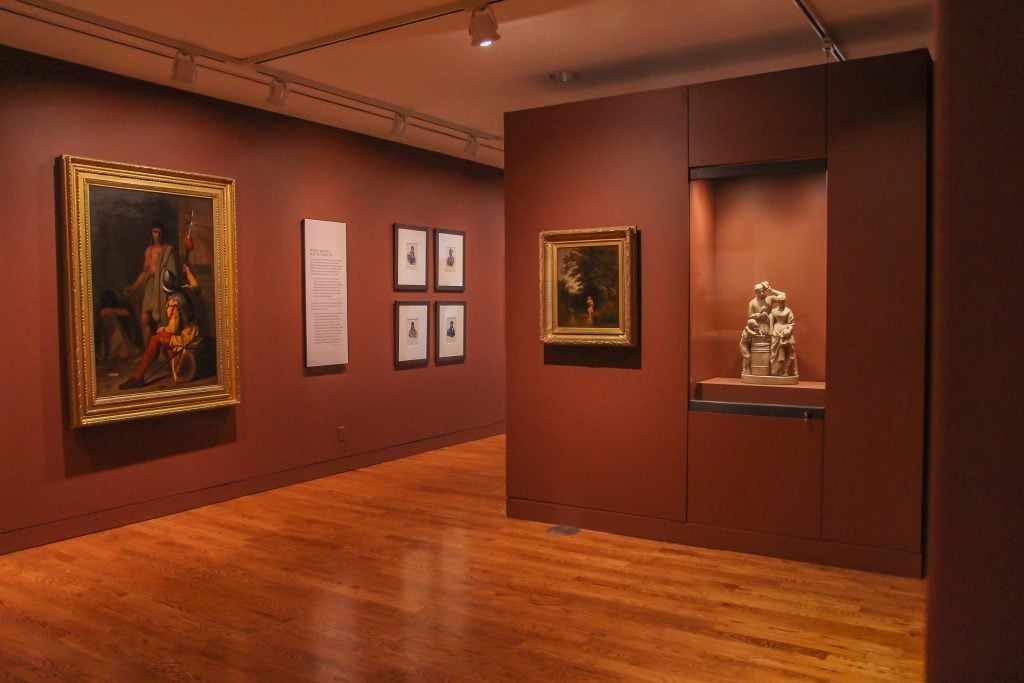
Installation image of Picturing America (American Art through 1900), 2021. Photograph © Delaware Art Museum. Photo: S. Woodloe for Delaware Art Museum.
Inside the Delaware Art Museum, conversations about a gradual reboot of the American galleries began in 2017, according to Heather Coyle, the institution’s chief curator and curator of American art.
“We have not collected Native American artists in our collection, but there were works that we were anxious to reinterpret,” she explained.
Coyle recalled walking through the galleries with Dennis Coker, principal chief of the Lenape Indian Tribe of Delaware, when they stopped at an 1840 painting by Hudson River School artist Robert Walter Weir titled Indian Captives, Massachusetts 1650.
“Before, we built context by saying that it was painted nearly 20 years after The Last of the Mohicans was written, but we would not say this was when the Trail of Tears was happening,” Coyle said, explaining how Coker brought new analysis by drawing out the symbolism of a sawed log featured in the work.
“This is what’s happening to native people, their hunting grounds are being cut down,” Coker observed.
“It’s just not something I would have seen looking at the painting,” Coyle said, explaining how collaboration with local Indigenous communities has enriched the museum’s understanding of its collection.
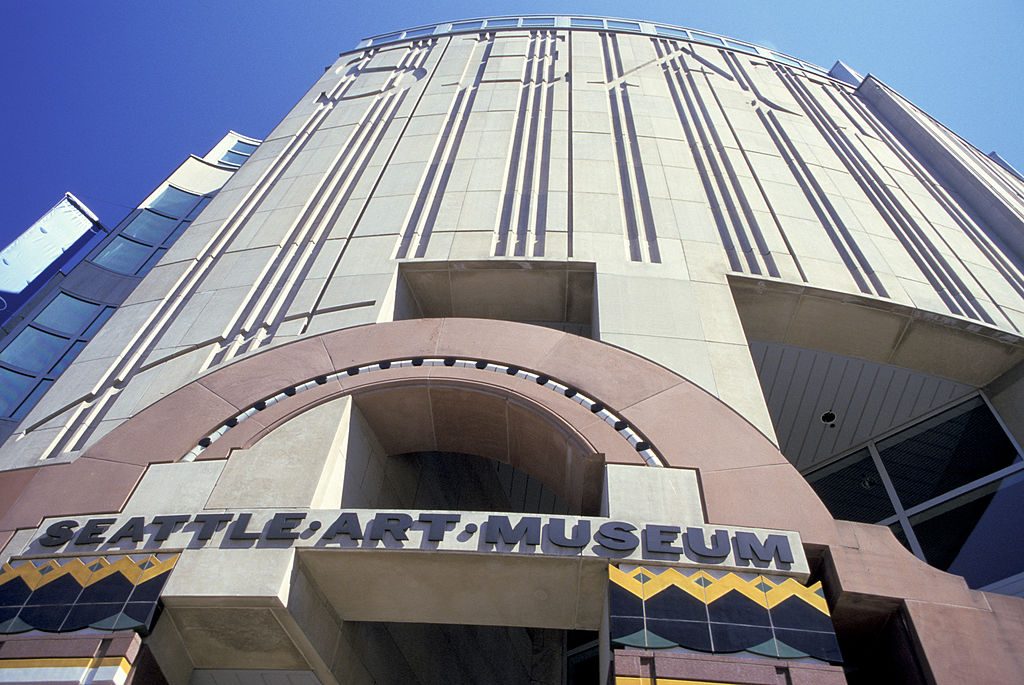
Seattle Art Museum. (Photo by Education Images/Universal Images Group via Getty Images)
And as these conversations have progressed, many museums are throwing out the old orthodoxies of chronological organization in favor of themed groupings.
“Chronology is something that is imposed onto history,” said Theresa Papanikolas, curator of American art at the Seattle Art Museum. “It gets to be a little deterministic.”
Papanikolas said that viewers can expect a very different kind of gallery experience. She is particularly excited for Red Star’s installation, which is still being completed but will “conjure ideas of portraiture, landscape, and Seattle” while also “literally bringing Indigenous voices into the gallery.”
But before contacting artists for the project, Papanikolas consulted an advisory panel of the museum consisting of 11 paid experts, with three being Indigenous.
“I learned so much about my blindspots,” Papanikolas explained, adding that she hadn’t previously considered how Native artists might feel when they’re approached by museums for collaboration out of the blue.
“They also urged us not to think in terms of comparisons,” she added, saying that institutions often present Indigenous heritage as mere influences on Western culture. “Why can’t these pieces stand equally?”
Financing its two-year overhaul, the Seattle Art Museum received a $1 million grant from the Mellon Foundation and another $75,000 from the Terra Foundation for American Art. (The Brooklyn Museum has also received the same amount of funding from the Terra Foundation, in addition to a $40,000 grant from the National Endowment for the Humanities.)
Although the majority of museums are consulting Native American communities and scholars on their reinstallations, very few have Indigenous curators on staff who are leading the rehangs.
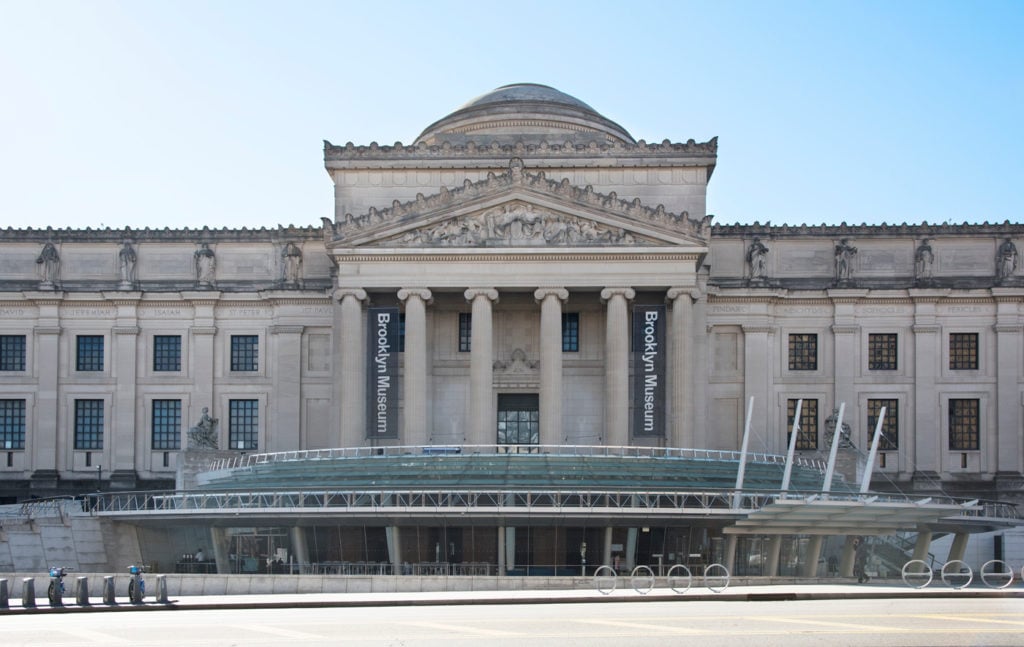
Exterior of the Brooklyn Museum. Courtesy Brooklyn Museum. Photo: Jonathan Dorado.
For example, the Brooklyn Museum has two American art curators working on its project, but the institution has not brought an Indigenous curator on staff to help with the project; instead, a spokeswoman said that three Native American humanities consultants are assisting the museum.
Critics worry that a lack of structural changes within the museums will leave their new American galleries feeling like empty gestures toward multiculturalism. And some nonprofit analysts have cautioned that museums ignoring systemic racism and inequality will find themselves irrelevant with contemporary audiences. Others point to a historic lack of investment in people of color within leading cultural organizations.
“If institutions want to invest in Indigenous art then they also need to invest in Indigenous curators,” said Joseph Pierce, a professor at Stony Brook University who frequently writes about Indigenous erasure in American culture.
“I have been in some of these conversations and what I keep on saying is that museums have to engage with Indigenous art and artists on the terms that are set by Indigenous peoples,” he added.
“You have to rethink what the space means, and that means hiring people to do the long-term labor.”
In the meantime, curators hope that audiences will get a new perspective on Native arts.
“For the longest time, Native American art has been considered craft,” Red Cloud, the Eiteljorg curator, said. “But this is an opportunity to learn from past mistakes and to look at a future that involves native peoples.”